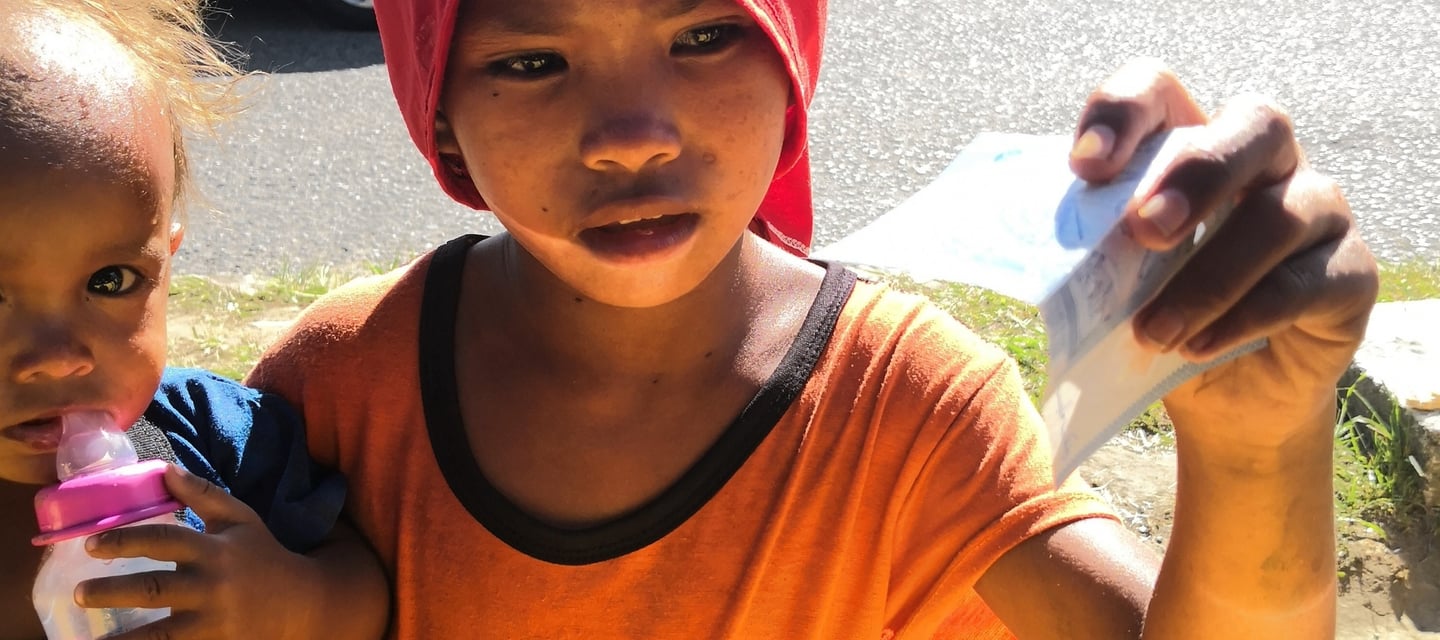Child Poverty


Child Poverty
By: Mikh | 03/08/2025
Child Poverty in Asia: A Hidden Crisis in the World’s Most Populous Continent
Child poverty remains one of the most critical and heartbreaking issues across Asia, a continent marked by rapid economic growth but persistent inequality. While some nations in Asia have seen impressive advancements in infrastructure, education, and healthcare, millions of children across the region still live in poverty, deprived of their basic needs and rights.
The Scope of the Problem
Asia is home to more than half of the world’s children, and a significant portion of them experience multidimensional poverty. This includes not just a lack of income, but also poor access to nutrition, education, safe water, shelter, and healthcare. Countries like India, Bangladesh, Nepal, Myanmar, Cambodia, and parts of Indonesia face severe challenges where children are often forced into child labor, early marriage, and informal work to support their families. In conflict-affected regions like Afghanistan, Syria, or parts of the Philippines, children suffer not only economic deprivation but also psychological trauma and displacement.
Causes of Child Poverty
Several factors contribute to child poverty in Asia. One major cause is economic inequality, where rapid development has not been evenly distributed. Urban areas often see significant wealth, while rural communities remain underdeveloped. Lack of education among parents, particularly mothers, is closely linked to child poverty. When parents have limited awareness or income, children are less likely to receive adequate nutrition, healthcare, or schooling.
Natural disasters and climate change also play a role. Many Asian countries are highly vulnerable to floods, typhoons, and droughts. These disasters destroy homes, schools, and livelihoods, plunging families further into poverty. Additionally, statelessness and migration leave many children without official documentation, excluding them from public services.
Consequences of Child Poverty
The consequences are devastating. Poor children are more likely to be malnourished, stunted in growth, and susceptible to disease. Without proper education, they face bleak futures and are often trapped in cycles of poverty that continue for generations. Emotional trauma from poverty and social exclusion also damages their psychological development and self-worth.
Solutions and Progress
Governments, NGOs, and international bodies are working to combat child poverty. Programs like UNICEF’s regional efforts to improve child nutrition, education access, and child protection laws are making a difference. Some governments have introduced conditional cash transfers, free school meals, or rural education programs to improve opportunities for poor children.
Still, more needs to be done. Investment in inclusive education, rural development, universal healthcare, and child protection is essential. Regional cooperation is also important to address cross-border issues like trafficking, migration, and statelessness.
Conclusion
Child poverty in Asia is a silent crisis that must be urgently addressed. Children are the future of the continent, and ensuring their well-being is not just a moral obligation but an investment in long-term stability and prosperity. By putting children at the center of development strategies, Asia can work toward a more just and equitable future where every child has the opportunity to thrive.
Coming Soon
We're on a mission ........................

Discover our full library of The Theos e-magazines and articles — all completely free to read.
We are a crowdfunded publication, dedicated to sharing knowledge, reflection, and theology with readers around the world.
Your support and donations help us continue offering open, accessible content for everyone, everywhere.
Join us in keeping wisdom free.
@ the theos since 2023 © 2023. All rights reserved.